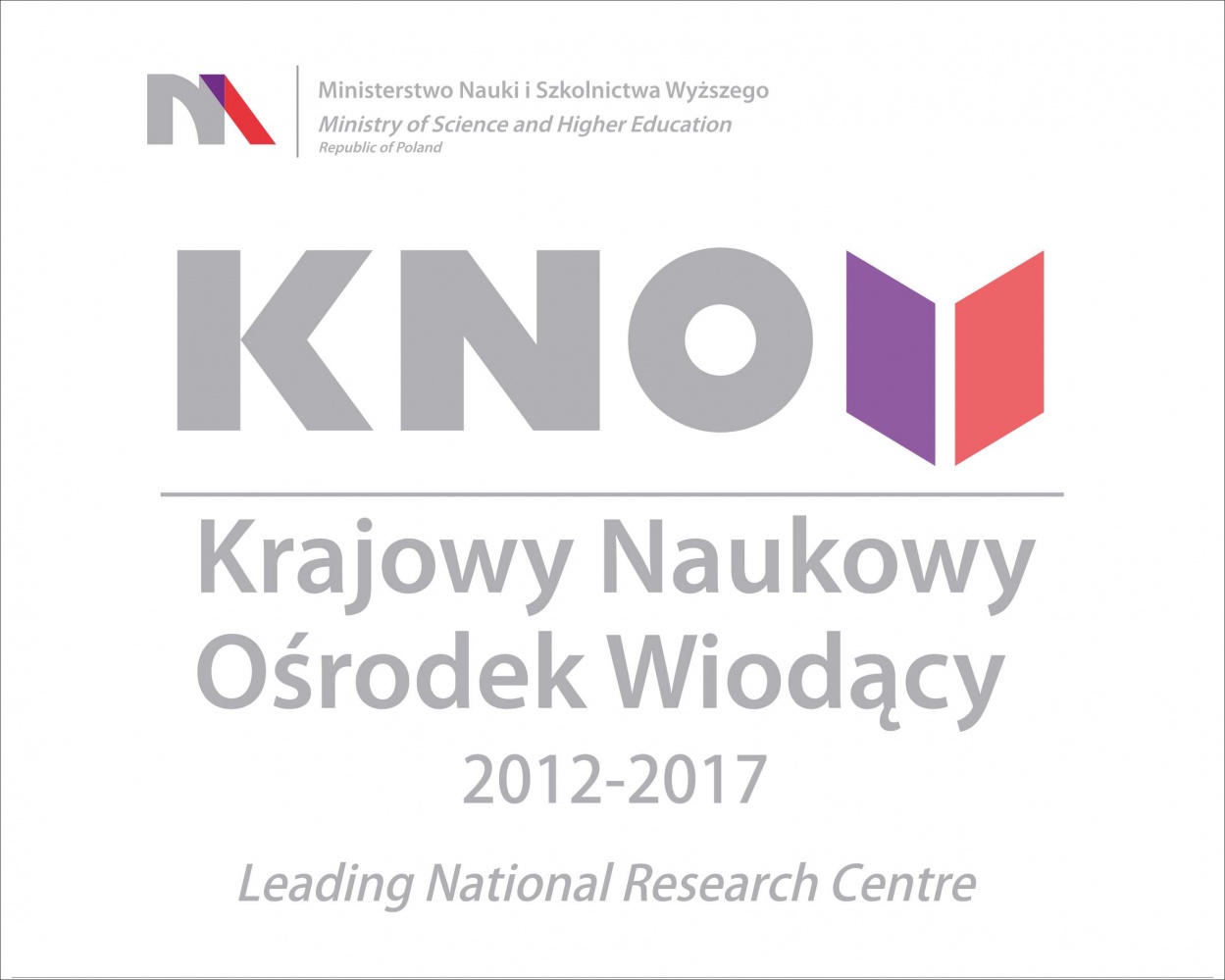VTANorRegMotControl
Project coordinator: Prof. Ryszard Przewłocki
Researcher: Dr Wojciech Solecki
Project Title: VTA-specific noradrenergic regulation of motivational control
Project No: 629661
Introduction
Motivation has been defined as the set of processes through which organisms regulate the probability, proximity and availability of significant stimuli. Dopamine (DA) system is crucial for motivational control, and has been proposed that its activity, via distinct neural populations encodes both motivational value and salience. Noradrenaline (NA) system, encompassing NA neurons in locus coeruleus (LC) and nucleus tractus solitiaris (NTS) has been suggested to modulate DA system activity, with well-established role in control of selective attention, vigilance and sleep wake cycle. NA system is well positioned to control DA system activity both at the level of midbrain DA cell bodies and DA terminals. Importantly, despite established NA system projections to the ventral tegmental area (VTA) – the source of DA in both limbic and cortical areas - the functional consequences of NA signaling in the VTA is not known.
Aim
Here we aimed to evaluate the role of VTA-specific NA system activity in motivational control.
Methods
We used behavioral models of motivational control (conditioned place preference paradigm) in combination with real-time, dynamic optical stimulation of NA neurons terminals in the VTA in TH-cre transgenic rats to: 1) provide data on NA mechanisms of motivational control, and to 2) identify specific brain loci within the NA system responsible for specific type of motivational control. The proposed project represents an approach to study neurophysiological mechanisms underlying NA system role in motivational control. This project was both interdisciplinary and multidisciplinary as it aimed at combining optogenetic modulation of NA signaling with behavioral neuroscience to study the basis of motivation control.
Highlights of significant results
Here,
we report successful implementation of optogenetics combined with
pharmacological, electrophysiological and behavioral studies to
demonstrate:
1. The
activity of the NA neurons axon terminals in the VTA does not produce
reward or aversion in the conditioned place preference paradigm;
2. Tonic activity of the NTS but not the LC NA neurons axon terminals in the VTA has anxiolytic effects in the open field test;
3. Phasic activity of the NTS but not the LC NA neurons axon terminals in the VTA has anxiogenic effects in the open field test;
4. Phasic but not tonic activity of the NTS NA neurons axon terminals in
the VTA abolished acquisition of cocaine-induced place preference;
5. Pharmacological activation of the alpha1-adrenergic receptor in the VTA has anxiogenic effects in the open field test;
6. Pharmacological blockade of the alpha1-adrenergic receptor in the VTA
attenuates acquisition of cocaine-induced place preference.
7. Pharmacological activation of alpha1- but not alpha2- or
beta-adrenergic receptors in the VTA decreases tonic but not phasic
activity of dopamine neurons and increases firing rate of non-dopamine
neurons.
Conclussions
Our study demonstrated that NA signaling in the VTA, arising from specific activity (tonic vs phasic) of the NTS but not LC neurons axon terminals, acting via alpha1-adrenergic receptors and modulating both dopamine and non-dopamine neurons regulate anxiety and cocaine-induced associative learning.
Socio-economic impact and the wider societal implications
Disruption of motivational control leads to maladaptive behaviors and is one of the core symptoms in many central nervous system disorders including substance use disorder (SUD), depression and food disorders. Many people engage in the use of legal or illicit psychoactive substances at some point in their lives. Recent statistics indicate that approximately 50% of the population over 12 years of age uses alcohol while 15.6% uses non-medical or illicit drugs. However, only a small percentage of these individuals (7.7% for alcohol and almost 3% for illicit drugs) meet the diagnostic criteria for SUD. SUD is a highly prevalent, debilitating psychiatric condition that has deleterious effects on individuals, their families, and society. In 2009, approximately 9% of population had a substance use disorder (abuse or dependence), with 5% meeting criteria for alcohol or illicit drug dependence. The total economic cost attributable to addiction is estimated to be 2.7% of the gross domestic product in 2007. (Based on “The state of the drugs problem in Europe, Annual Report 2010”). One of the challenges in the diagnosis and successful treatment of SUD, like other mental health illnesses, is the field’s reliance on a diagnostic system that is primarily based on behavioral symptomology, rather than on biological pathology. It will be increasingly important for the next generation of clinical neuroscientists to understand the multiple biological processes that underlie the etiology and pathogenesis of substance abuse. Indeed, extensive preclinical and clinical research investigations have provided great insight into the cellular and molecular mechanisms that mediate addiction. With the recent advances in optogenetics, new biological questions can be addressed regarding the etiology and pathogenesis of SUD. Our findings provide new insight into the NAergic mechanisms that underlie cocaine effects and further delineate the processes that underlie the etiology and pathogenesis of SUD. Demonstration of the roles of VTA α1-AR signaling may help to tailor pharmacotherapy for selected symptoms of SUD such as drug craving.
The projects aimed at transfer of knowledge. The main objectives for transfer of knowledge were achieved:
4. The project contributed to European excellence and European competitiveness through valuable transfer of knowledge. The project increased the attractiveness of the European Research Area for researchers and increased ERA competitiveness and produced long-term synergies by introducing new and sophisticated yet powerful and effective optogenetics technique to study rapid neuronal activity in specific brain regions in freely moving and behaving animals. Furthermore, incorporating optogenetics, transgenics and behavioural techniques into one research project, constitute a sophisticated, “state of art” scientific approach to study basis of majority of brain disorders, allowing interdisciplinary transfer of knowledge in the field of neuroscience. In addition, the project brought benefit of the mobility to the European Research Area. Dr. Solecki post-doctoral training at Yale University located in New Haven, Connecticut, USA has allowed the researcher to work in a significantly different geographical and working environment, different from the Institute of Pharmacology PAS located in Krakow, Poland. The project allowed transferring such experience to the host Institute.
Outreach activities to spread awareness and their impact
1.
Marie Curie Ambassador: the researcher visited (both in 2015 and 2016)
Jagiellonian University in Krakow, Poland and promoted his research
field by giving an lecture covering his research.
2. Workshop Day: the researcher run a workshop/activity day in areas
related to his research field, raising scientific awareness of
Jagiellonian University students.
3. Summer-School Week: the researcher organized one week summer school
where university students received a first-hand experience from the
fellow about his current research activities and wider scientific
issues.
4. Marie Curie Project Open Day” took place in 2017. The researcher has run a Marie Curie Project Open Day during Science Festival in Krakow, together with Institute of Applied Psychology, Jagiellonian University. The activity took place in Krakow main square allowing general public to participate.
Following objectives of the outreach activities were achieved: to
create awareness of the project; to raise scientific awareness in both
general public and students; to provide education on neuroscience; to
raise public awareness on psychopathology, its pathophysiology and
prevention, with particular emphasis on addiction; to promote developing
carrier in science.
Acknowledgements
The research was funded from the People Programme (Marie Curie Actions) of the European Union's Seventh Framework Programme (FP7/2007-2013) under the REA grant agreement n° FP7-PEOPLE-2013-IIF-Project-629661.







